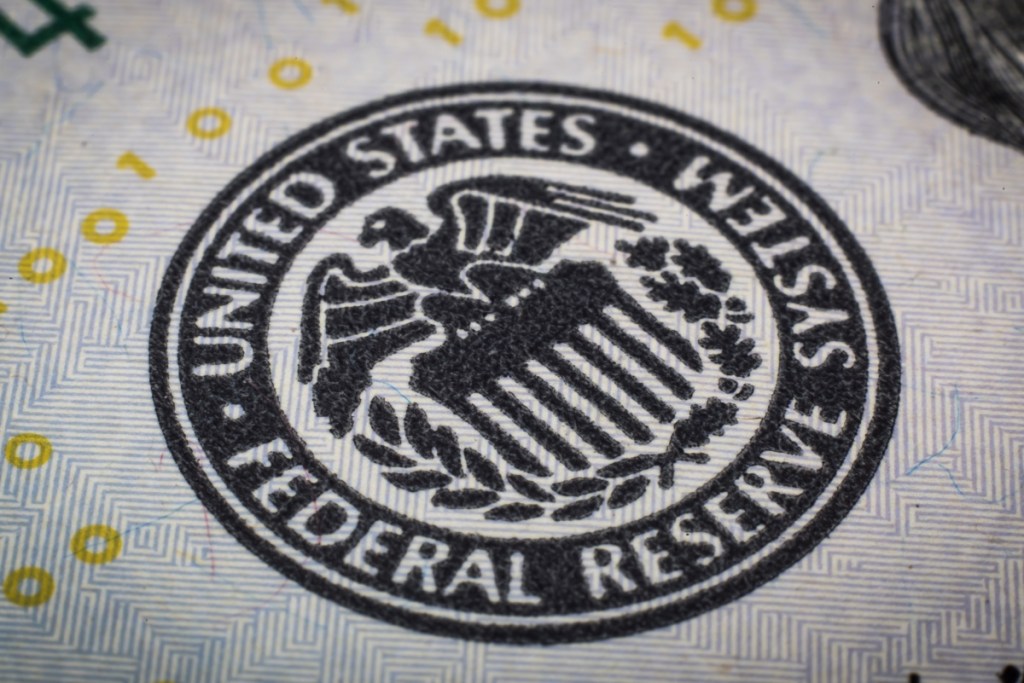Mortgage rates have increased roughly 50 basis points in the first few months of 2021, in no small part due to fears that inflation will rear its ugly head as the economy rebounds. But the Federal Reserve is staying the course, maintaining the low-rate environment that gave rise to the best year for the mortgage industry in history.
Fed Chairman Jerome Powell and the Federal Open Market Committee on Wednesday said they will leave interest rates near zero. Some forecasters believe the Fed won’t hike rates until as late as 2024, which is welcome news for mortgage industry leaders and the millions of homeowners who could save hundreds a month on a refinancing.
That should mean no additional upward pressure on mortgage rates, which remain historically low despite recent increases. Homebuyers shopping for houses and homeowners considering a refinance will still have opportunities to lock in favorable rates.
In response to Powell’s presentation, several economists offered their thoughts on his plan to simultaneously raise inflation while keeping short-term interest rates low.
Mortgage Bankers Association Chief Economist Mike Fratantoni said Powell’s latest projections show that more members anticipate a first interest rate hike in 2023, even while the median member sees rates unchanged through that year. And even with mortgage rates likely to rise this year, MBA officials expect the purchase market to hit historically-high levels in 2021.
HousingWire’s virtual demo days are designed specifically to help mortgage industry decision makers identify the technology solutions they need to operate efficiently and securely. Tune in April 6 to experience demos from the most innovative loan origination and valuation tech companies in the industry.
In addition, the Fed will maintain its policy of purchasing $80 billion in Treasury bonds per month and $40 billion in mortgage-backed securities per month, until substantial further progress has been made toward the FOMC’s employment and price stability goals.
“Today’s statement did not indicate any changes in the Fed’s plans to continue to purchase $120 billion per month of longer-term Treasuries and mortgage-backed securities,” Fratantoni said. “However, we do expect that the economy will make substantial further progress by the end of this year, which likely means the potential for the beginning, or at least the announcement, of a tapering of these QE purchases.”
Other economists, such as Subadra Rajappa, an interest rates strategist at Société Générale bank, agreed that staying the course was the smart move in the current economy – especially with home prices still rising.
“They’ve masterfully navigated this meeting by sounding somewhat optimistic on the economy but staying dovish on the policy path,” Rajappa told Axios. “If the Fed were to even suggest they’re hiking soon, the market will quickly price in multiple hikes and, that would be much more negative for the economy.”
Fannie Mae officials believe the market will enjoy the benefits of a springtime economic boost, thanks to an easing of COVID-19 lockdowns and continued vaccine rollout. As vaccines accelerate and social distancing wanes, real GDP growth is forecast to hit 8.4 percent in the second quarter and 6.6 percent for the full year before moderating in 2022.
In 2021, the share of refi origination activity is forecast to dip to 54 percent, down from 64 percent in 2020. By 2022 the refinance share is expected to hit 39 percent, as mortgage rates creep higher and the number of households who could save with a refi drops further. Purchase demand is expected to remain relatively steady over the forecast horizon, with $1.82 trillion expected in 2021, up from $1.61 trillion in 2020, and another $1.80 trillion expected in 2022.
Fannie Mae’s Chief Economist Doug Duncan said economists’ eyes are currently locked on interest rates, given the size of the recent increases to the Treasury and the short time period over which those changes occurred.
“Perspective is helpful here,” Duncan said. “While we forecast some continued upward movement, mortgage rates remain historically low, as they are still 0.8 percentage points below the 2019 average.”
Even with rates rising, the housing market is currently highly competitive, with those able to buy snatching up available homes.
“Given the very low inventory environment, competition among potential homebuyers is a challenging reality, especially for first-time homebuyers,” said Sam Khater, Freddie Mac’s chief economist. “Mortgage rates continue to inch up but are still hovering around three percent, keeping interested buyers in the market.”
The 10-year Treasury yield – which correlates strongly with mortgage rates – reached its highest level since January 2020 on Wednesday, but fell again following the Fed’s announcement. It rose again on Thursday to over 1.754%. Higher yields generally translate to higher borrowing costs for individuals and businesses.







